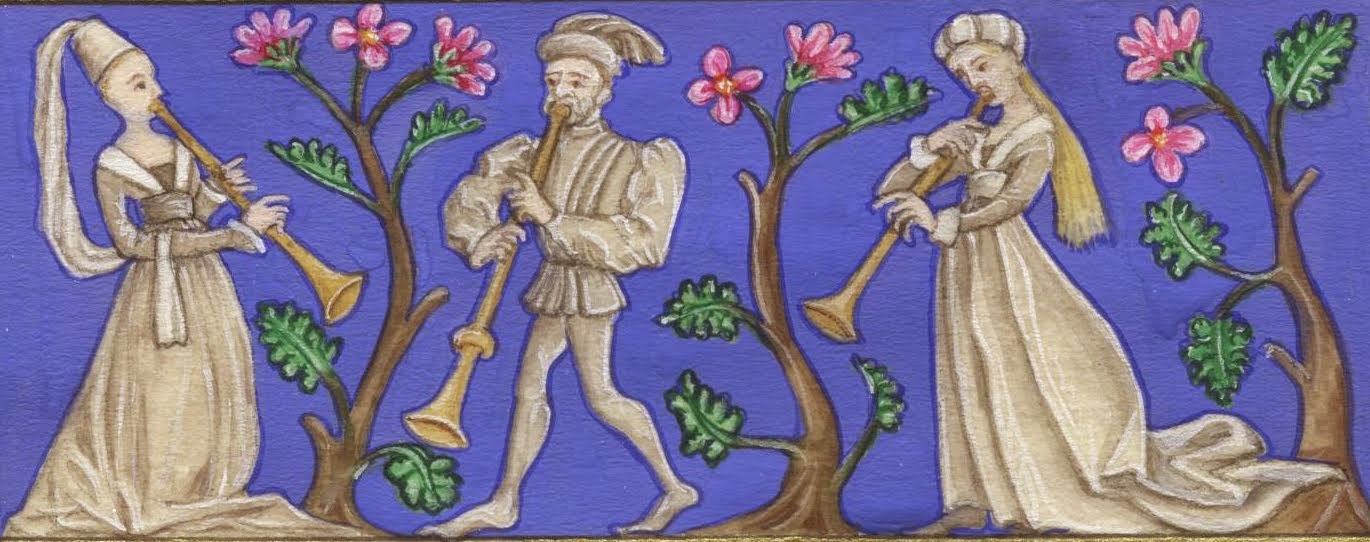Looking for some information about what actual medieval evidence there is for how to go about this, I was reminded of the existence of the book "The sound of medieval song" by Timothy McGee, which I have come across before but not looked at closely. An omission I feel I should rectify before saying too much more on this topic! Based on the introduction, the book specifically sets out to survey the evidence for 'ornament' (understood broadly) in medieval sources. It also contains this nice quote from the early 14th century treatise of Petrus dictus Palma ociosa:
They speak of the flowers of mensural music when many sounds, or notes (which is the same thing), variously ornamented according to the quality of each one, are placed in due proportion against a single sound or a simple note of only the same duration. Although some say and affirm, however, that the flowers of musical science are numberless depending on the various methods of discant, and that it is not possible to have certainty about things numberless, for wishing for this reason to compose a technical treatise concerning such flowers.The other commonly used term for ornament in medieval treatises (according to McGee) is 'colour', a term borrowed from rhetoric. Together the addition of 'colour' and 'flowers' seems to me to make an excellent mental image for the enhancement of a tune - like some lovely medieval manuscript...

No comments:
Post a Comment